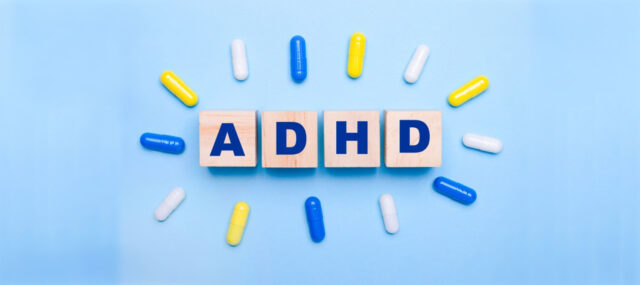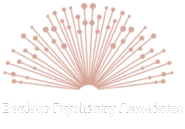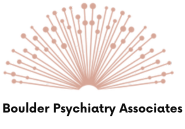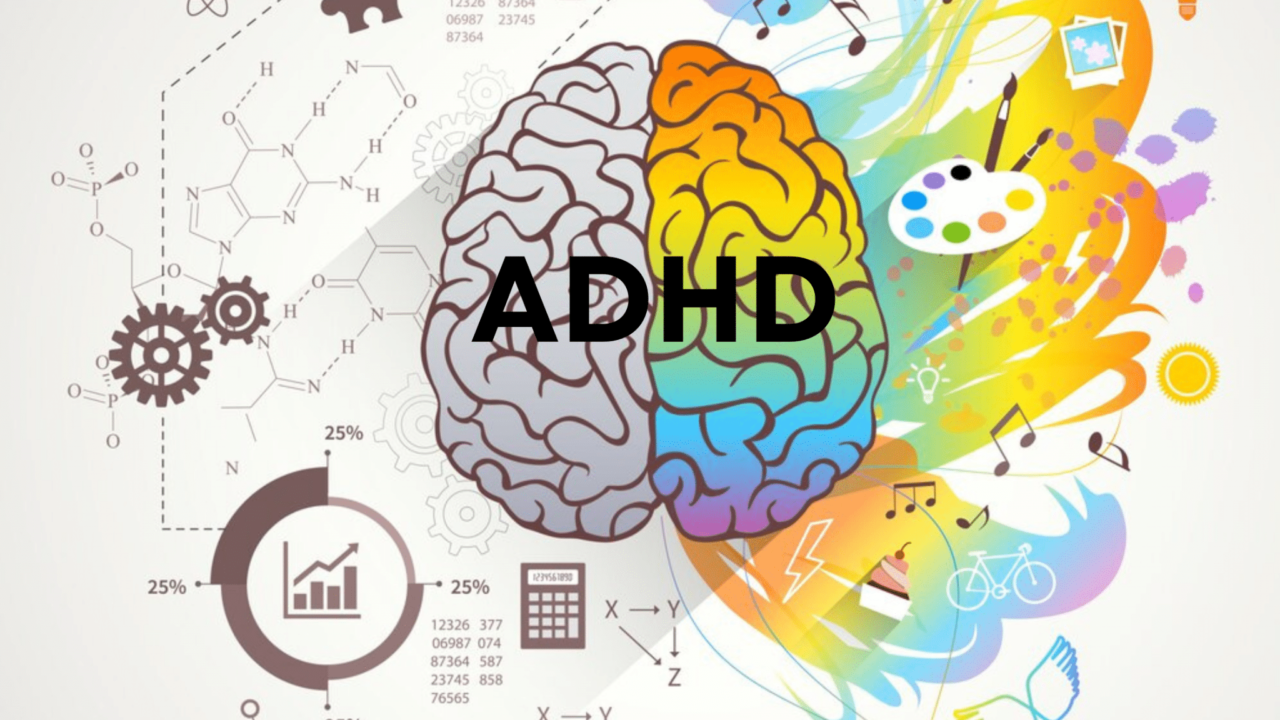ADHD is a neurodevelopmental disorder marked by inattention, hyperactivity, and impulsivity that affect daily life.1 Symptoms overlap with disorders like ASD, schizophrenia, mood, and substance abuse disorders due to shared dopamine and serotonin pathway dysregulations, affecting attention, mood, and impulse control.2 Genetic and environmental factors, such as prenatal stress, further contribute to these overlaps, though each disorder remains distinct in manifestation.3
Overall, about 10.2% of children aged 3-17 years have been diagnosed with ADHD as of 2022. In adults, it is estimated to be 6%. The disorder is slightly more common in boys and men than girls and women. There also is a problem obtaining Adderall, as well as some of the risk factors for ADHD, which I will address in another blog post.
The historical perspective on ADHD began with Sir George Still in 1902, evolving through various terms and criteria over the 20th century until DSM-III-R in 1987 defined ADHD with its current characteristics.4 Emotional regulation challenges, such as heightened sensitivity and Rejection Sensitive Dysphoria, are not core symptoms but are common in ADHD, affecting social interactions.5 Sluggish Cognitive Tempo (SCT) introduces further distinctions with symptoms like mental fog and daydreaming, though debates continue on whether it’s a subtype of ADHD or separate.6

Stimulant treatments began with Benzedrine in the 1930s, followed by Dexedrine, Ritalin, and Adderall, which became primary treatments due to their effects on dopamine and norepinephrine.7 Amphetamines and methylphenidate differ in effectiveness across age groups, with amphetamines often preferred for adults and methylphenidate for children due to safety profiles. Criticism surrounds ADHD diagnosis and stimulant reliance, with some claiming overdiagnosis and concerns over pathologizing natural behaviors.8 Nutraceuticals and nootropics are discussed as alternative ADHD treatments, though efficacy and safety concerns persist due to lack of regulation.9 Managing ADHD through regulated supplements may help with vitamin deficiencies, though impulsivity and memory challenges suggest that symptom management is essential alongside behavioral strategies.
Challenges for ADHD individuals include difficulties in maintaining attention, impulsivity in social settings, emotional sensitivity, and intense reactions to criticism, often causing stress and anxiety.10 However, people with ADHD often exhibit strengths, such as creativity, hyperfocus on passionate tasks, and enthusiasm, which can be valuable in dynamic environments.11 ADHD’s novelty-seeking behaviors arise from neurobiological traits, helping fulfill the brain’s need for stimulation.12 This enthusiasm from someone with ADHD is infectious.
ADHD’s complex origins, combined biological and environmental influences, impact brain processes critical for attention and impulse control.13 Recognizing these challenges fosters empathy, highlighting ADHD as a genuine difficulty with focus and self-regulation, rather than a moral failing.
If you have any questions you’d like me to address, please let me know. You can contact me by filling out a form.
Footnotes
- Barkley, R. A. (2006). Attention-deficit hyperactivity disorder: A handbook for diagnosis and treatment (3rd ed.). Guilford Press.
- Volkow, N. D., Wang, G. J., Fowler, J. S., & Tomasi, D. (2012). “Addiction circuitry in the human brain.” Annual Review of Pharmacology and Toxicology, 52(1), 321-336.
- Thapar, A., Cooper, M., Eyre, O., & Langley, K. (2012). “What have we learnt about the causes of ADHD?” Journal of Child Psychology and Psychiatry, 53(1), 3-16.
- Still, G. F. (1902). “The Goulstonian Lectures on Some Abnormal Psychical Conditions in Children.” The Lancet, 159(4102), 1008-1012.
- Dodson, W. W. (2013). “ADHD and Rejection Sensitive Dysphoria.” The ADHD Report, 21(4), 10-12.
- Becker, S. P., & Barkley, R. A. (2018). “Sluggish cognitive tempo: A commentary on clinical and research implications.” Current Psychiatry Reports, 20(8), 64.
- Bradley, C. (1937). “The behavior of children receiving Benzedrine.” American Journal of Psychiatry, 94(3), 577-585.
- Timimi, S., & Taylor, E. (2004). “ADHD is best understood as a cultural construct.” British Journal of Psychiatry, 184(1), 8-9.
- Arnold, L. E. (2001). “Alternative treatments for adults with attention-deficit hyperactivity disorder (ADHD).” Annals of the New York Academy of Sciences, 931(1), 310-341.
- Greene, R. W. (2001). The explosive child: A new approach for understanding and parenting easily frustrated, chronically inflexible children. HarperCollins
- Kooij, J. J. S., Bejerot, S., Blackwell, A., Caci, H., Casas-Brugué, M., Carpentier, P. J., … & Asherson, P. (2010). “European consensus statement on diagnosis and treatment of adult ADHD: The European Network Adult ADHD.” BMC Psychiatry, 10(1), 1-13.
- Cloninger, C. R., & Svrakic, D. M. (1997). “Integrative psychobiological approach to psychiatric assessment and treatment.” Comprehensive Psychiatry, 38(6), 337-395.
- Faraone, S. V., & Biederman, J. (1998). “Neurobiology of attention-deficit hyperactivity disorder.” Biological Psychiatry, 44(10), 951-958.
—
Harrison Levine, MD, MPH




